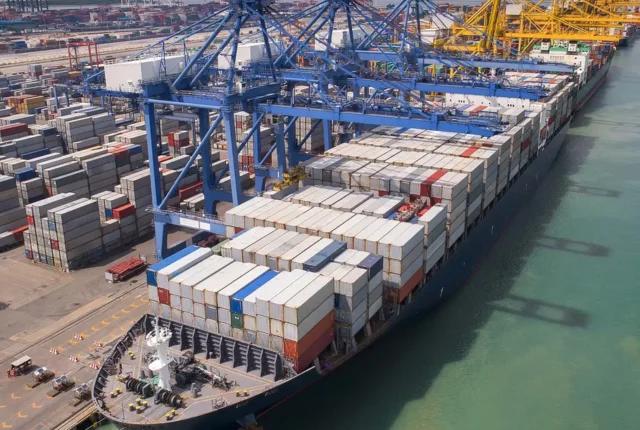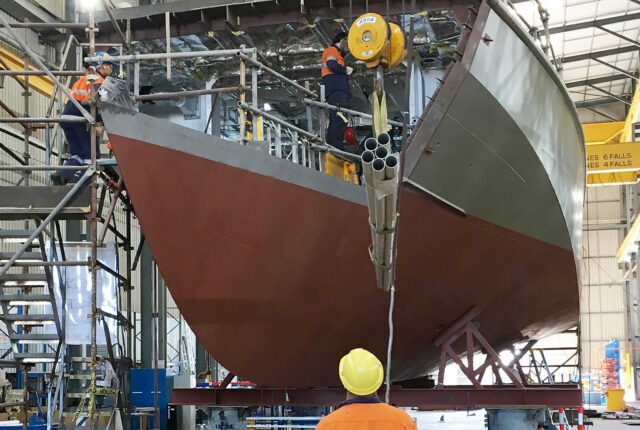
Moderation in Container Spot Rate Increases Hints at Approaching Peak
In the surest sign yet that soaring container spot freight rates may have reached something resembling a peak, this week’s indexes showed the smallest gains in months, while a couple of main east-west routes began to decline.
Drewry’s World Container Index (WCI) recorded a 3% week-on-week decline on its Shanghai-Los Angeles leg to $7,288 per 40ft, a trend that was supported by a 1% week-on-week drop on Xeneta’s XSI Asia-US west coast reading of $7,811 per 40ft.
Even more encouraging for shippers was today’s reading on the Freightos’ FBX, which showed a 4.4% decline on Asia-North America west coast spot rates to $7,742 per 40ft.
Meanwhile, the WCI’s Shanghai-New York leg grew 2% to $9,612 per 40ft, while today’s FBX showed a 0.5% decline to $9,564 per 40ft.
Market sentiment certainly seemed to support the view the peak is near – the week began with Xeneta analyst Emily Stausboll using language that assumed a peak had been reached without actually stating it, and beginning to talk of the bargaining power in the customer-carrier relationship returning once more to shippers.
The FBX also showed a 2% week-on-week decline today on Asia-North Europe to $8,474.5 per 40ft and a 3% drop on Asia-Mediterranean rates to $7,524 per 40ft.
In contrast, there were further week-on-week rises on the WCI’s Shanghai-Rotterdam leg, which grew 3% to end the week on $8,267 per 40ft, while the XSI Asia-Europe component grew 5% to $8,461 per 40ft.
The WCI’s Shanghai-Genoa leg was up 1% to $7,614 per 40ft and the FBX by 0.5% to $7,747 per 40ft.
Some of the disparity between the three indexes can be explained by the fact that they differ on the exact day on which the readings are taken and thus how they compare week-on-week.
On the WCI, this represented the second single-digit weekly rise in a row, disrupting the pattern of double-digit increases occurring every fortnight, and offers some hope for those waiting for cheaper rates because if nothing else, it would indicate that space is becoming easier to acquire.
And there is emerging data that supports the view that vessel utilisation is on the wane – analysts at Linerlytica noted that the 18,300 teu Mayview Maersk, which is deployed on the 2M AE10/Silk Asia-North Europe service, departed Tanjung Pelepas on 17 July with a load factor of 80%, compared to the average load factor of 95% over the past two weeks.
On 16 July, the 16,000 teu HMM Garam, deployed on THE Alliance’s FE4 Asia-North Europe service, departed from Singapore with a 90% load factor.
However, this does not yet mean rates are likely to see a swift decline, Drewry warned: “Drewry expects ex-China rates to hold steady next week and remain high throughout the peak season.”
Source: Article






